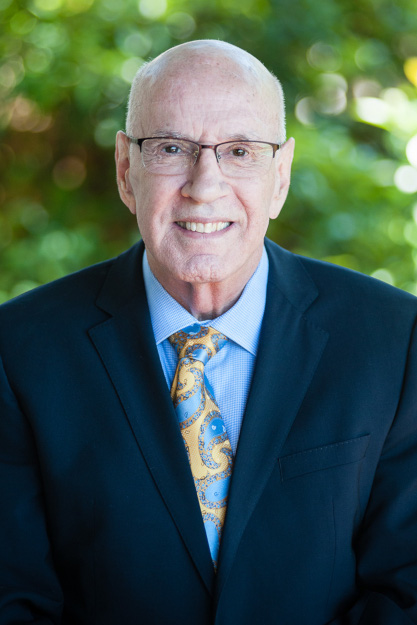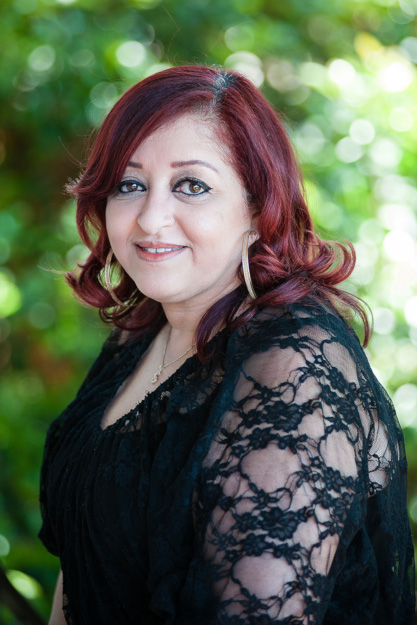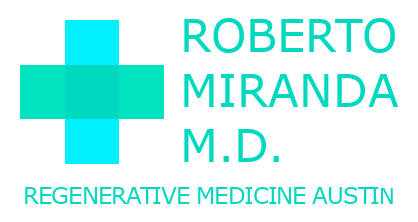ABOUT US
Welcome to
Roberto Miranda M.D.
Regenerative Medicine
in Austin
We are a group of professionals passionate about healthcare and dedicated to your well-being. Under the guidance of Dr. Miranda we aim to provide you with the kind of service that, we hope, will make you feel like a part of our extended family.
Below, we’d like to share with you a little background about ourselves. So come and meet the members of our team!
ROBERTO MIRANDA M.D.
Regenerative Medicine Austin
OUR MISSION
Family Medical Care
We help patients feel better about themselves both inside and out so they can live longer more fulfilling lives.
I Speak Your Language
Eu Falo Português
Yo Ablo Español
We offer bilingual medical care, hCG weight loss, skin rejuvenation procedures, stem cell treatments with PRP (Platelet-Rich Plasma) for major joints like knees, shoulders and backs. ‘We also offer same procedures with Exosomes which greatly increase the efficacy of those procedures. For over 30 years we have been helping people get and stay healthy.
MIRANDA MED CENTER WELCOMES YOU
The Team
Our approach is to get to know you by listening to your concerns. Because our mission is to help patients feel better about themselves, both inside and out, so they can live longer, more fulfilling lives, everything we offer, from our accessibly priced healthcare to our results driven hCG diet, brings us closer to that goal.

Roberto Miranda M.D.
Medical Director & Primary Care Physician
Dr. Miranda is a native of Brazil who graduated from the University of São Paulo. He was educated in medicine in Frankfurt, Germany, then received his surgical training in the United States at the University of Florida in Gainesville.
He is certified by the American Board of Surgery and is a Fellow of the American College of Surgeons. Prior to starting his Family Practice in 2001 in Austin, Texas, Dr. Miranda had extensive experience in Emergency Room care. After retiring from his Surgical Practice in Austin in 1997, he worked as an Emergency Room physician until 2001.
Dr. Miranda speaks English, Spanish, Portuguese, French, Italian, and German.

Esther Sanabria
Office Assistant & Amazing Caregiver
Ms. Sanabria loves her job because it is not just a job to her. She thoroughly enjoys coming in every day and loves every moment of it. She feels that the work she does every day makes a difference to the people of our community.
She knows when she goes home that she truly did something meaningful and important.
She’ll greet you with a smile, can also accommodate your scheduling needs, welcome you in Spanish or English and answer any questions you may have about your visit.
She is more than glad to help you fill out any forms when necessary and looks forward to seeing you feel and look your best.
THE hCG DIET: WHAT PEOPLE ARE SAYING
Contact Us
We are based in Austin, Texas.
Located in the northeast part of Austin, we have a full service facility to meet your healthcare needs.
Call today to set up an appointment or feel free to request one using the form below.
¡Usted nos puede escribir en español también!
1508 Dessau Ridge Lane, Suite 602 Austin, TX 78754
T: +1 (512) 477 9202
Fax: +1 (512) 472 9473

